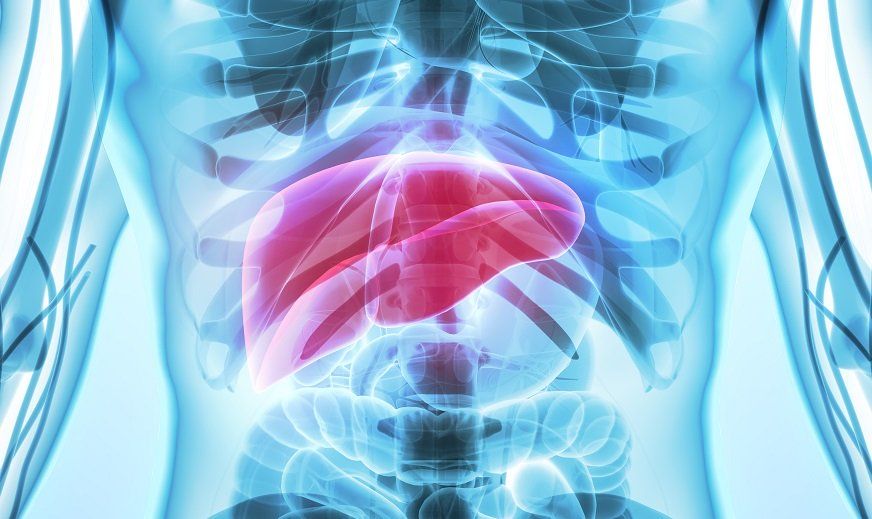News
Article
Skin Barrier Meter Safely Measures Stratum Corneum Changes in Atopic Dermatitis
Author(s):
Key Takeaways
- The Skin Barrier Meter is a portable, non-invasive device measuring skin barrier parameters in 5 seconds without special skills.
- It effectively assesses stratum corneum thickness, water content, and transepidermal water loss in children with atopic dermatitis.
A study found the Skin Barrier Meter accurately measures skin barrier function in children with atopic dermatitis, offering a fast, non-invasive assessment within 5 seconds.
Kiwako Yamamoto-Hanada, MD, PhD
Credit: ResearchGate

A study saw the Skin Barrier Meter, a non-invasive impedance measurement device that measures stratum corneum thickness, stratum corneum water content, and estimated transepidermal water loss within 5 seconds, was effective and safe for children with atopic dermatitis.1 Investigators will present these findings at the 2025 American Academy of Allergy, Asthma, & Immunology (AAAAI) annual meeting in San Diego from February 28 – March 3.
Atopic dermatitis impacts skin barrier functions, such as stratum corneum thickness, stratum corneum water content, and estimated transepidermal water loss. Transepidermal water loss can be difficult to measure due to variables affected by the environment.
Existing tools to measure skin barrier functions—such as in vivo confocal-Raman microspectrometry by vibrational spectroscopy for skin stratum corneum water content and in vivo reflectance confocal microscopy for skin stratum corneum thickness—have limitations. These devices are not portable and require time and special skills to use.
The Skin Barrier Meter, a non-invasive, small, and portable device, transmits electrical signals through the skin at various depths and frequencies. This meter does not require special skills for measurements and can provide results in 5 seconds. Additionally, during measurements, it is unnecessary to control body movements.
A previous study comparing previously validated control devices with the Skin Barrier Meter found a strong correlation between the Skin Barrier Meter and the control devices for transepidermal water loss and skin stratum corneum thickness.2 A good correlation was observed between the Skin Barrier Meter and the control device for skin stratum corneum water content.
“To the best of our knowledge, the results of this study demonstrate the utility of a portable [electrical impedance]-measuring [Skin Barrier Meter] device to non-invasively measure several variables of human skin barrier function including [transepidermal water loss], [skin stratum corneum water content [WCSC], and [skin stratum corneum thickness],” investigators had written.2
Investigators of the new study, led by Kiwako Yamamoto-Hanada, MD, PhD, from the Allergy Center, National Center for Child Health and Development in Tokyo, sought to longitudinally assess skin barrier parameters in children with atopic dermatitis using the Skin Barrier Meter.1 In their 6-month longitudinal study, the team measured stratum corneum thickness, water content, and estimated transepidermal water loss on the inner forearm of 7 children with atopic dermatitis. All children began treatment for atopic dermatitis during the study, starting with daily topical corticosteroids and transitioning to proactive therapy after skin rash resolution.
The sample included 4 boys and 3 girls, enrolled from May 2022 to January 2023. Children had a median age of 4 years (range: 0 to 12 years) and a median EASI score of 6 (range: 2.3 to 18.3).
Nearly all children (6 out of 7) achieved EASI 100 after 1 month. Children with moderate to severe atopic dermatitis, indicated by an EASI > 7, had a decreased forearm stratum corneum thickness after 1 month (SCT, mean – 0.81, range -2.37 to 0.1). Conversely, children with mild atopic dermatitis (EASI < 7) demonstrated an increase in stratum corneum thickness (SCT, mean 2.9, range 1.6 to 3.8). The study reported no adverse events with the use of the Skin Barrier Meter.
“[Skin Barrier Meter] effectively and safely measured skin barrier parameters, including stratum corneum thickness, in children with [atopic dermatitis], investigators wrote. “This study suggests that changes in stratum corneum thickness may vary based on [atopic dermatitis] severity.”
References
Yamamoto-Hanada, K, Sato, M, Umezawa, K, et al. Longitudinal Evaluation of Skin Barrier in Children with Atopic Dermatitis Using an Impedance Measurement Device. Poster will be presented at AAAAI 2025 in San Diego from February 28 – March 3.
Ogita H, Yamamoto-Hanada K, Yoshida K, Uehara O, Funaki Y, Kohta M, Ohya Y. New skin barrier meter for assessing skin barrier functions: A pilot study in healthy human adults. Skin Res Technol. 2021 Sep;27(5):982-984. doi: 10.1111/srt.13017. Epub 2021 Feb 19. PMID: 33606317.




